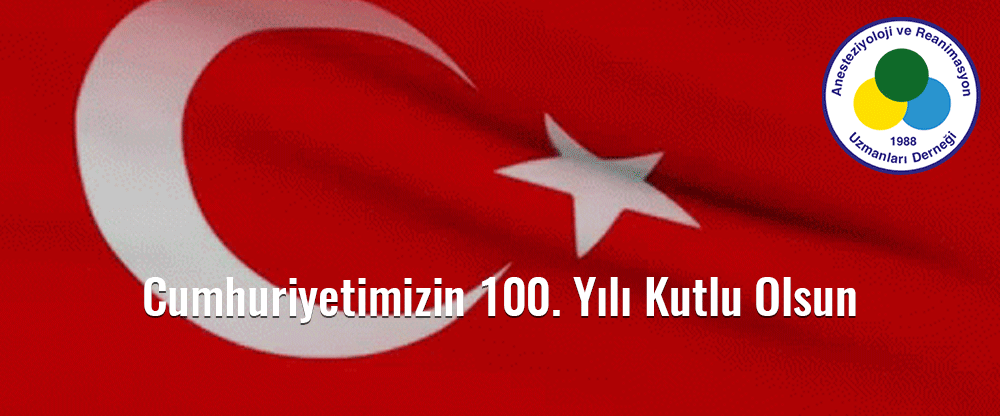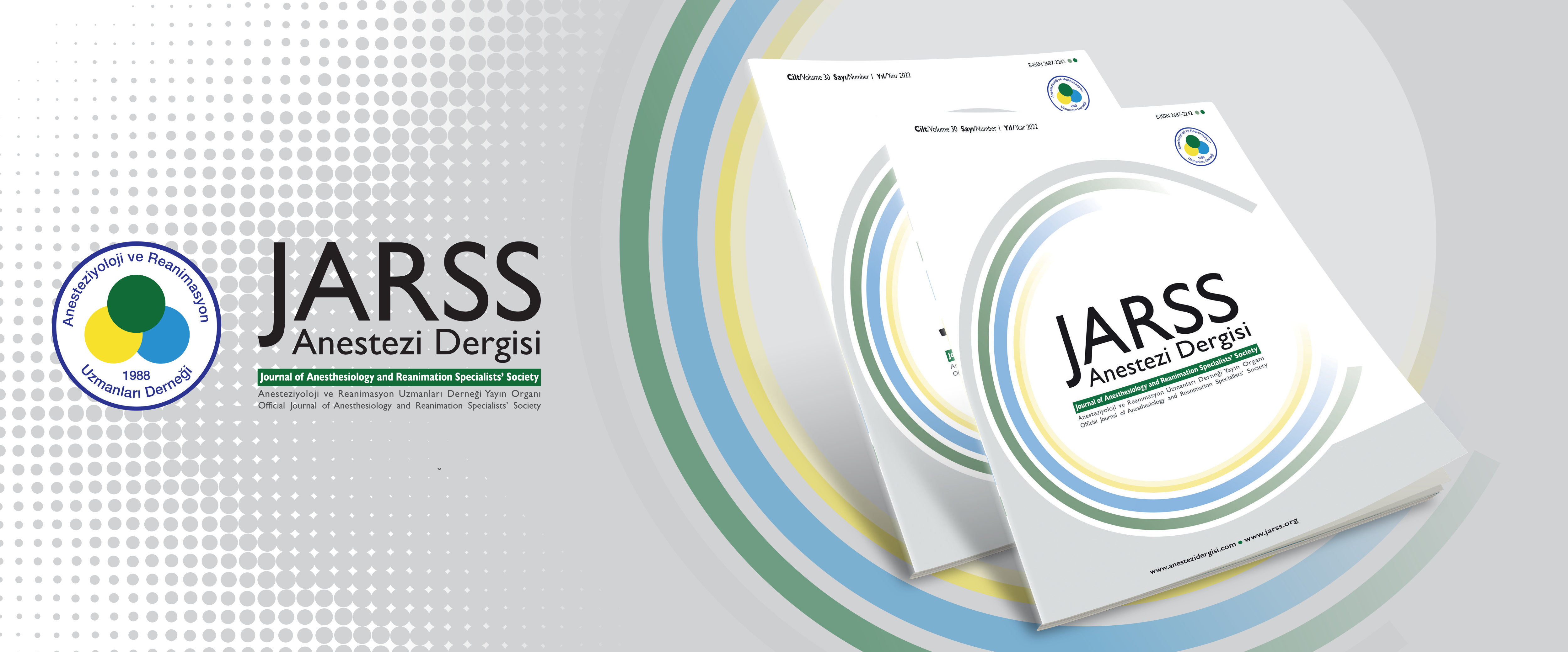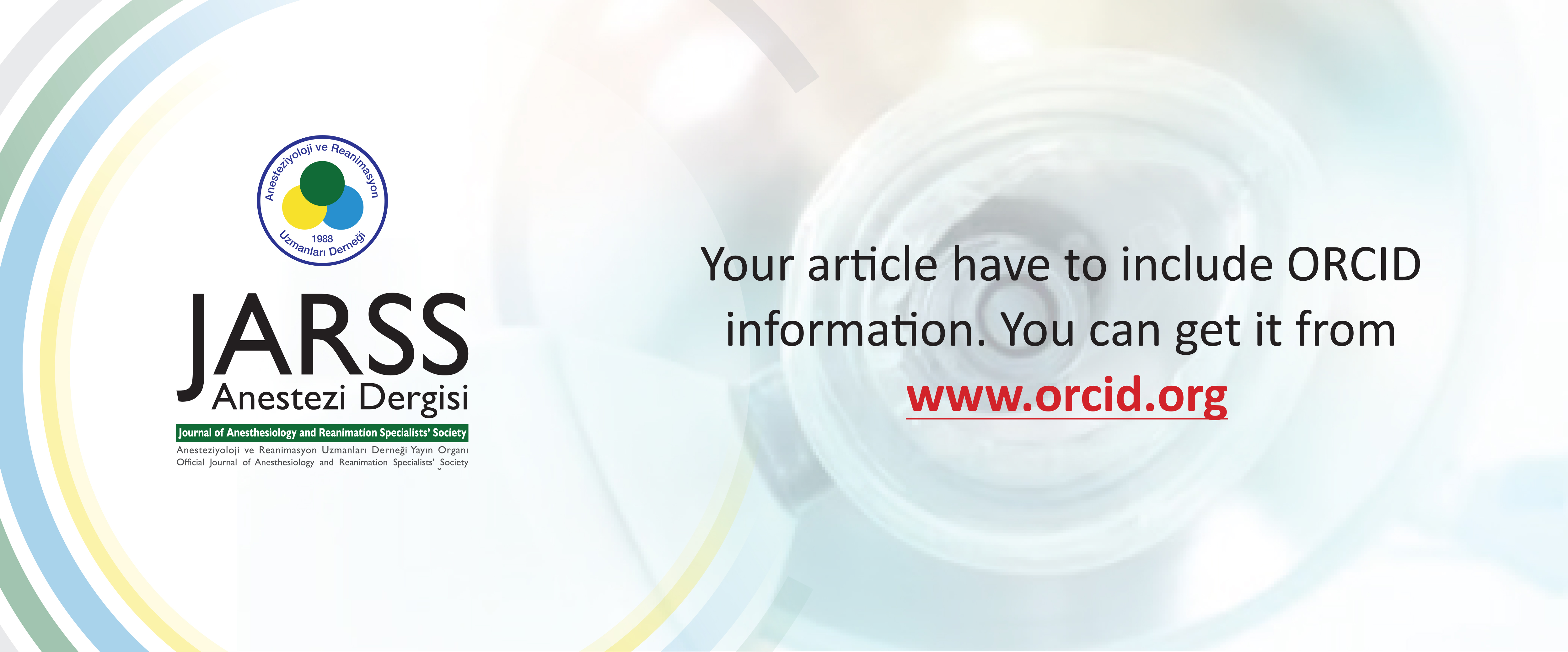Comparison of the Role of Ultrasound Use in Detecting Lung Pathologies with Prognosis, Mortality and Scoring in Geriatric Critically Ill Patients in the Intensive Care Unit
Serpil BayındırElazığ Fethi Sekin City Hospital, Clinics of Anesthesiology and Reanimation, Elazığ, TürkiyeObjective: It is crucial to correctly and promptly diagnose pulmonary diseases and to initiate treatment in elderly patients diagnosed with respiratory failure who are on mechanical ventilator support. The aim of this study is to investigate the effect of lung ultrasound (USG) on prognosis and mortality in geriatric patients we follow up in the intensive care unit, by scoring.
Methods: Patients who were followed up in the intensive care unit were grouped as AUSG group (n=48), those who underwent lung USG and NAUSG group (n=74) who underwent chest radiography, computed tomography (CT), magnetic resonance imaging (MRI) or bronchoscopy. The hospital information management system was used to compare the two groups in terms of diagnosis time, number of additional consultations, treatment and discharge time, hospital stay, mortality, and scores. The arterial blood gas analysis, complete blood count, biochemistry, procalcitonin, C-reactive protein, and endotracheal aspirate culture results of the patients were recorded. The clinical pulmonary infection score, pneumonia severity index-65, pulmonary severity index, and acute physiology and chronic health evaluation 2 scores of the groups were compared.
Results: The diagnosis time in Group AUSG was 1 ± 0.64 day, the treatment time was 10 ± 4.62 day, and the number of required consultations was 1 ± 0.68, which was significantly lower than in Group NAUSG (p<0.05). The mortality rate was 14 (29.2%) patients in Group AUSG and 25 (33.8%) patients in Group NAUSG (p>0.05). When comparing the scores of the patients, the clinical pulmonary infection score, pneumonia severity index-65 (4 ± 0.79), and pulmonary severity index (3 ± 0.87) were significantly lower in Group AUSG (p<0.05). There was no significant difference in acute physiology and chronic health evaluation 2 scores.
Conclusion: Performing lung USG for the diagnosis and treatment of critically ill elderly patients can lead to earlier detection and treatment of lung pathologies, reducing mortality rates, unnecessary imaging and consultations. Its advantages include easy and rapid bedside application and simultaneous results.
Yoğun Bakım Ünitesinde Geriatrik Kritik Hastalarda Ultrason Kullanımının Akciğer Patolojilerini Tespit Etmedeki Rolünün Prognoz, Mortalite ve Skorlamalarla Karşılaştırılması
Serpil BayındırElazığ Fethi Sekin Şehir Hastanesi, Anesteziyoloji ve Reanimasyon Kliniği, Elazığ, TürkiyeAmaç: Solunum yetmezliği tanısı ile mekanik ventilatör desteği alan geriatrik hastaların akciğer patolojilerinin tanısının doğru ve zamanında yerine konularak tedaviye erken başlanması önemlidir. Bu çalışmanın amacı, yoğun bakım ünitesinde takip ettiğimiz geriatrik hastalarda akciğer ultrasonunun prognoz ve mortalite üzerine etkisini skorlama yaparak araştırmaktır.
Yöntem: Yoğun bakımda takip edilen hastalar akciğer USG yapılanlar Grup AUSG (n=48) ve akciğer grafisi, bilgisayarlı tomografi (BT), manyetik rezonans görüntüleme (MRG) veya bronkoskopi tercih edilenler Grup NAUSG (n=74) olarak gruplandırıldı. İki grup tanı koyma süresi, ek konsültasyon sayısı, tedavi ve taburcu olma süresi, hastane yatış süresi, mortaliteleri ve skorlarla karşılaştırılması hastane bilgi yönetim sistemi kullanılarak yapıldı. Hastaların arteriyel kan gazı, tam kan tetkiki, biyokimya, prokalsitonin, C-reaktif protein ve endotrakeal aspirat kültür sonuçları kaydedildi. Grupların klinik pulmoner enfeksiyon skoru, pnömoni ağırlık skoru-65, pulmoner ağırlık indeksi, akut fizyoloji ve kronik sağlık değerlendirmesi 2 skorları hesaplanarak karşılaştırıldı.
Bulgular: Grup AUSG’de tanı koyma süresi 1 ± 0,64 gün, tedavi süresi 10 ± 4,62 gün ve ihtiyaç duyulan konsültasyon sayısı 1 ± 0,68, Grup NAUSG’ye göre anlamlı (p<0,05) olarak düşük tespit edildi. Mortalite oranı Grup AUSG’de 14 (%29,2) hasta, Grup NAUSG’de 25 (%33,8) hasta olarak bulundu (p>0,05). Hastaların skorları karşılaştırıldığında Grup AUSG’de klinik pulmoner enfeksiyon skoru, pnömoni ağırlık skoru-65 (4 ± 0,79) ve pulmoner ağırlık indeksi (3 ± 0,87) değerleri anlamlı olarak (p<0,05) daha düşük bulundu. Akut fizyoloji ve kronik sağlık değerlendirmesi 2 skorunda anlamlı bir farklılık olmadığı görülmüştür.
Sonuç: Kritik durumdaki yaşlı hastaların tanı ve tedavisi için akciğer ultrasonu yapılması, akciğer patolojilerinin daha erken tespit ve tedavi edilmesini sağlayarak ölüm oranlarını, gereksiz görüntüleme ve konsültasyonları azaltabilir. Avantajları arasında kolay ve hızlı hasta başı uygulama ve eş zamanlı sonuçlar yer almaktadır.
Corresponding Author: Serpil Bayındır, Türkiye
Manuscript Language: Turkish
(40 downloaded)


















